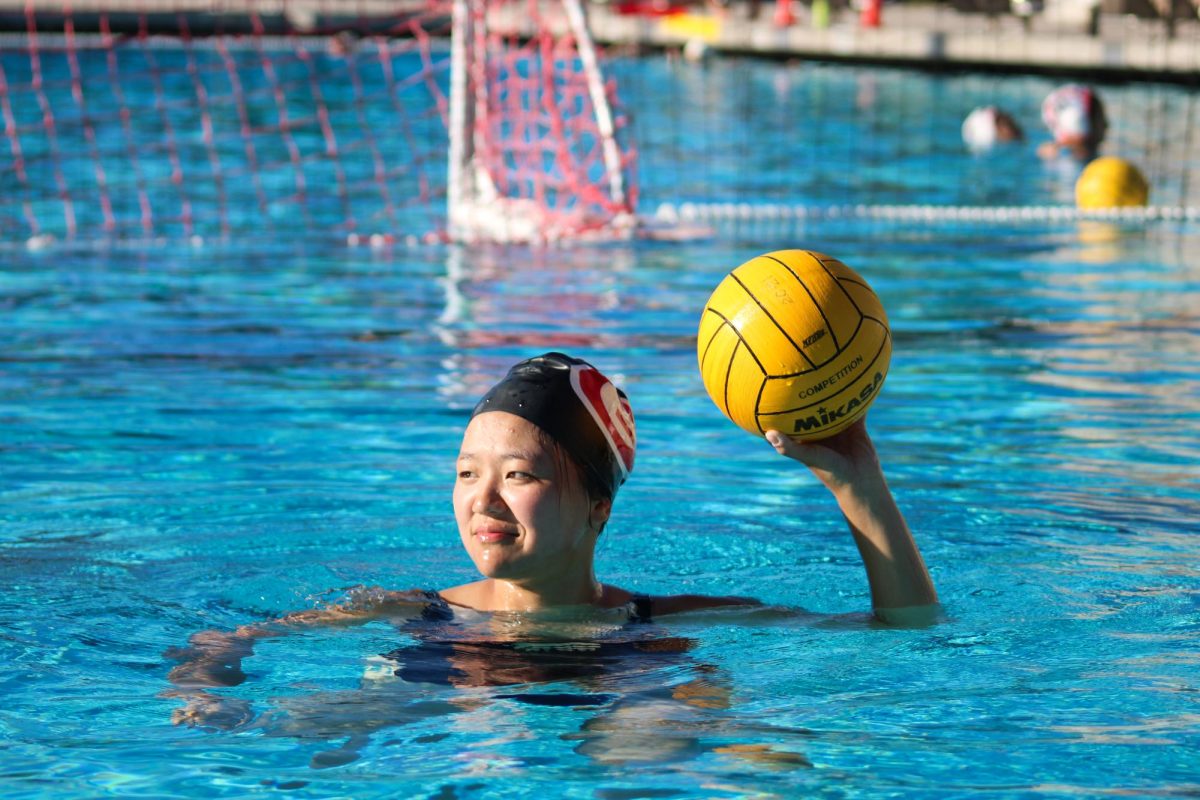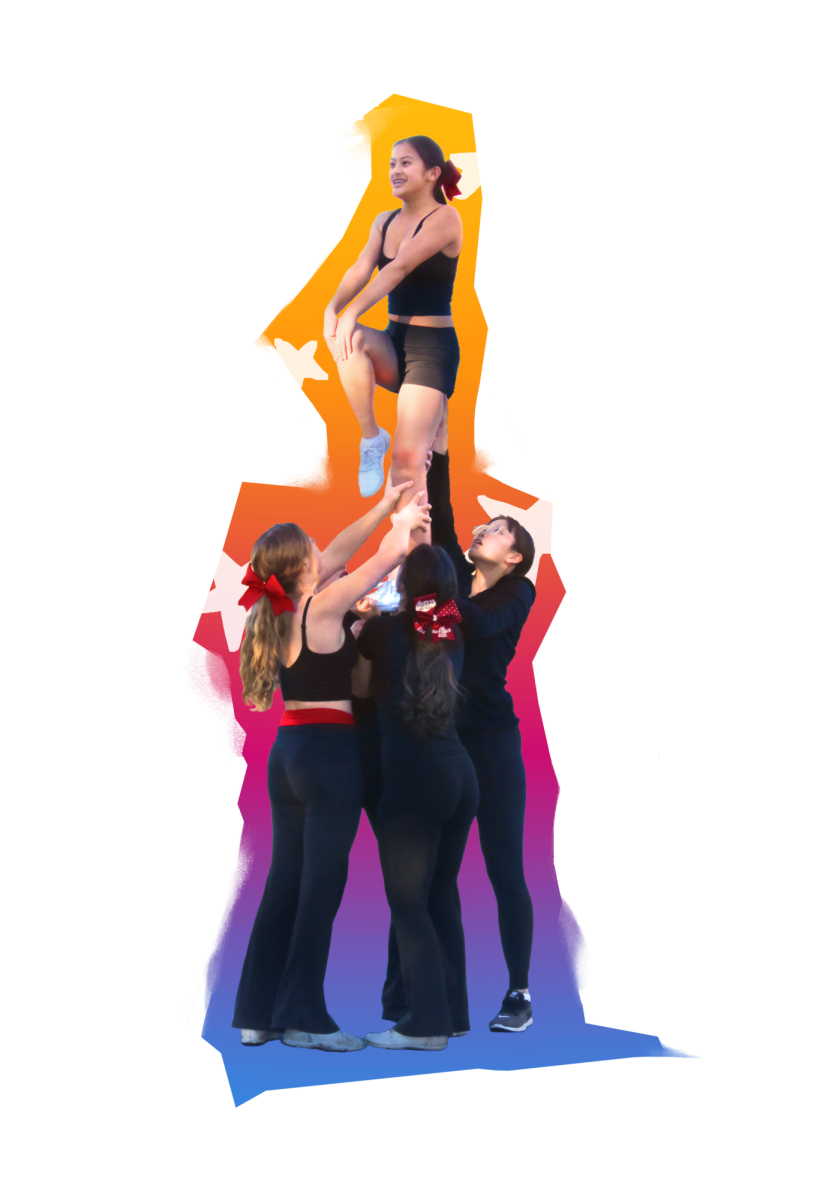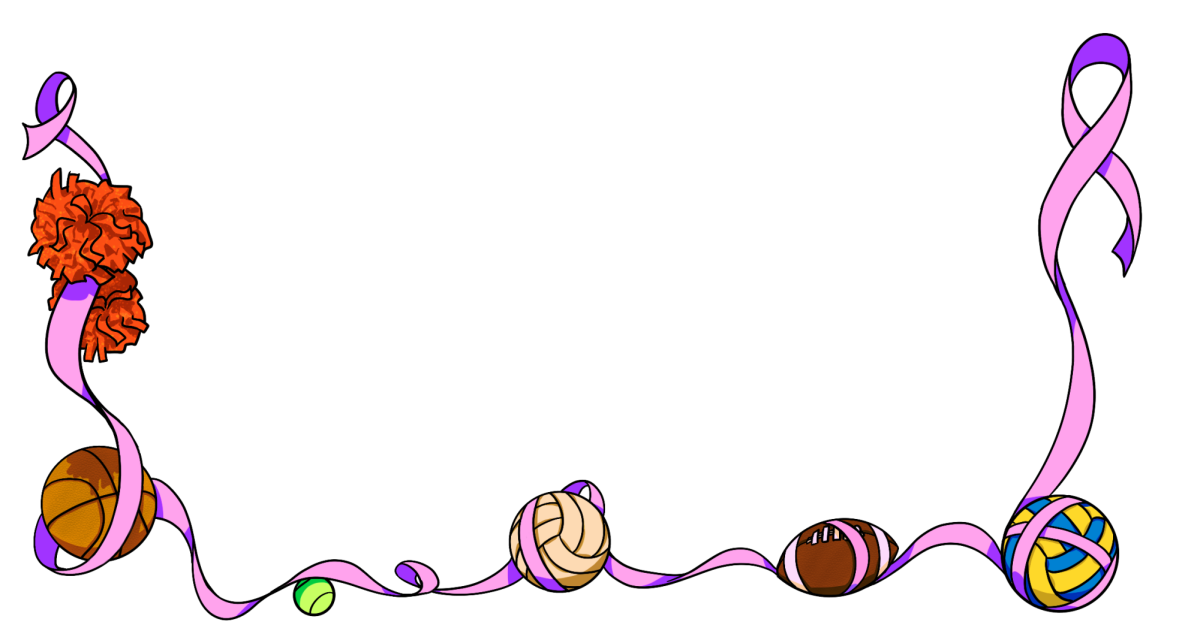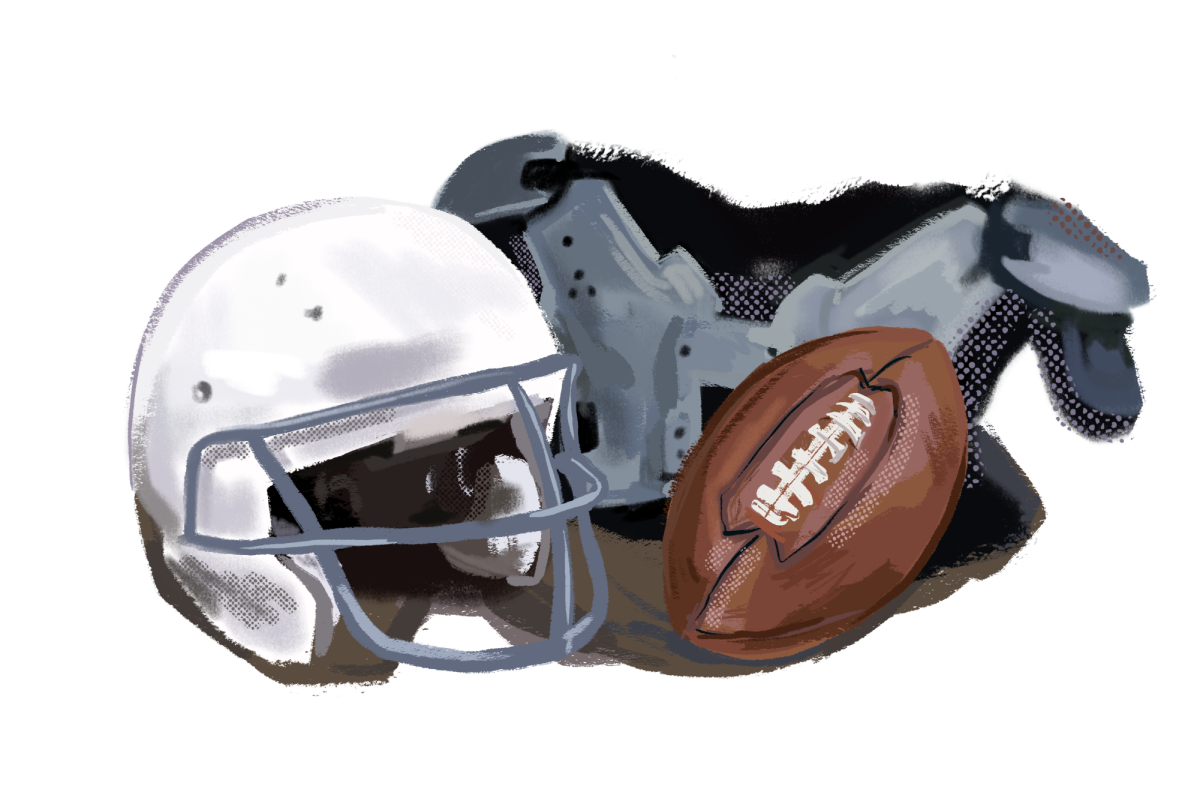Last fall, former Forum Editor Carly Liao joined the tennis team. Then, during the winter season, In-Depth Editor Becca Wu fought her way through wrestling practice. Most recently, former Lifestyle Editor Michael Zhang documented his experience on the track and field team. Now, I’m diving into the Staff Sports series by joining the girls water polo team.
I initially considered joining the golf, football or volleyball teams. However, I wanted to push myself out of my comfort zone even more by joining an extremely physically demanding team sport that I, as a tennis player, hadn’t tried before. Previously, I had read on Bleacher Report, a sports-culture website, that water polo is the “hardest sport in the Olympics” because of the endurance, agility and physicality it requires. I set out to see for myself.
As the day of my first practice inched closer, I anxiously awaited my walk to the Gunn pool. I managed to find a swimsuit to use after digging through my closet, and I read articles about the basic rules of water polo in preparation for my undertaking. All that was left to do was show up.
As soon as I got to the practice, I immediately noticed the high energy and team camaraderie. After a brief team talk, in which both the coach and players pitched in to discuss formations, strategies and improvements for the team, everyone jumped up to grab caps and goggles. It was time to get in the water.
I jumped into the pool for warmups with little thought, unaware of my current swimming capabilities. I started by swimming laps at my own pace across the pool, focusing on freestyle and breaststroke, two commonly used strokes in water polo. However, I quickly realized that I had completely lost my swimming stamina — my former years as a competitive swimmer had failed me. While I was able to swim laps without extensive breaks (or drowning), I wasn’t very fast, and other swimmers lapped me numerous times.
To my relief, the team transitioned into the second part of warmups: legs. We practiced the eggbeater kick — underwater kicks that mimic the circular motions of an eggbeater — to loosen our legs and stay afloat. Although I had done the kick in the past, it soon became tiring: My feet and legs grew sore as I put every ounce of energy into staying afloat.
After warmups, we practiced passing. I learned how to “dry” pass — passing the ball from one hand to the other so that it doesn’t touch the water. It took an extreme amount of effort and strength to simultaneously tread water and catch and throw a ball, but every successful trial was rewarding.
Worn out in the first half hour and desperate for a break, I latched onto the water polo cage (lingo for the water polo goal) and almost tipped the whole thing over. Thankfully, my new water polo friends gave me a pool noodle to stay afloat on for the rest of the drill.
As if I wasn’t already tired enough, I soon participated in jousting, a drill in which everyone treads water in a circle, holding a ball with one hand while trying to knock down others’ balls with the other. Jousting truly revealed the physicality of water polo: As I tried knocking someone’s ball out of their hands, I was shoved underwater, kicked and subsequently swum over. It was a humbling moment, especially because no one else seemed fazed by the drill’s roughness.
Though I was a little beaten up, I was excited to start shooting. The coach split us into positions around the cage to practice, and I soon discovered that shooting depended more on precise aiming than I had anticipated. Even though I made fewer than half of my shots, it was exhilarating to be able to rise out of the water and throw my hardest. The team was really encouraging, cheering me on and giving me advice for improvements after each attempt. I spent the rest of practice focusing on shooting, and I slowly fell into a rhythm.
After spending two hours in the water, getting out of it was an otherworldly experience. Unable to feel my feet or legs, I felt as if I were levitating. The pain, however, quickly dispelled this feeling: I could instantly feel soreness in my shoulders. Exhausted, I thanked the team and stumbled away to my car.
Not surprisingly, I could barely walk the next morning. Nevertheless, I was eager to go back to the pool. Two days later, I was back for round two. We started off practice with warmups again — first swimming, followed by eggbeater kicks to get our legs warm. I was getting the hang of it: This time, I threw and caught without the additional support of a pool noodle. With the help of a few players, I learned how to fake shots to throw the goalie off balance by adjusting hand and arm positions while rotating my shoulder.
Later in the practice, to my surprise, the coach allowed me to participate in a scrimmage. Though I still struggled to consistently stay afloat, I was excited to try out offensive and defensive positions while focusing on my technique. I practiced dry and wet passes (passes that land on the water in front of the recipient), shooting at the cage, defending and setting up attacking plays.
When practice came to an end, I witnessed two Gunn girls water polo rituals: birthday leapfrogging and “Flop
Friday.” The birthday tradition involves each team member’s putting their hands on the birthday girl’s shoulders and leapfrogging over her as she kicks to stay afloat. “Flop Friday” — the less distressing tradition of the two — entailed everyone’s lining up and belly flopping into the water like dominoes.
After two practices and about five intense hours of water polo, I can indeed confirm that it might just be the hardest sport. As someone who has participated in sports for many years, I was blown away by the sheer intensity and physicality of water polo. To all water polo players out there, I have nothing but the utmost respect for you all.
The team atmosphere of water polo is also truly unmatched. I really appreciated the team’s efforts to support one another — from encouraging comments like “nice shot” to suggestions and advice on how to improve team tactics and individual technique. Water polo may have been exhausting, but I don’t regret my decision a bit. For all those who are considering joining a sport or trying out new hobbies or extracurriculars (and at the risk of sounding like a Nike ad): Just do it. You will gain unforgettable experiences and meet lots of new people. Don’t be afraid to venture out of your comfort zone and try something new.
























